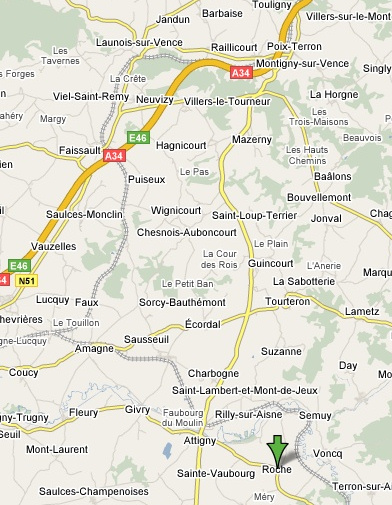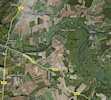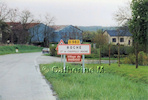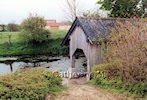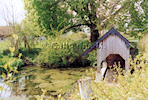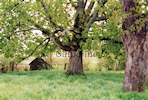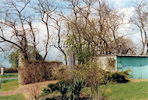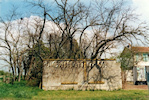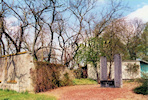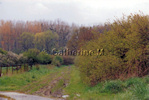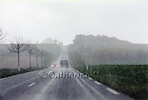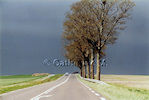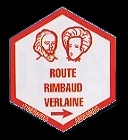
The route from Charleville to Roche
Here is part of the route Rimbaud-Verlaine, to Roche, the family farm where Rimbaud always returned relax. Nowadays there remains the wall of the farm that was adjacent to the attic in which Arthur wrote a "Season in Hell." The Germans had made their headquarters in it during the First World War and destroyed it when they left. In place of the attic which was above the porch (see Paterne Berrichon's drawing ), there is now a sculpture to commemorate "A Season in Hell". It was built and offered by Paul Boens, a fanatical admirer of Rimbaud. The man, also a gold digger, lived many years in the new house built on the site of the Rimbaud farm, and searched for the treasure of Arthur!
Indeed, in one of his letters to his family, written in Cairo on 23rd August 1887, Rimbaud speaks of 16,000 and a few hundred francs he continually carries in his belt, meaning 8 kilos of gold: all the savings he made with his hard work in Aden and Harar. Paul Boens is convinced that gold is still hidden in Roche, and he is not the first one who tries to find it. He just forgot a detail: in a letter to his mother, written the next day (Cairo, 24th August 1887), Arthur explains he finally deposited the money at Credit Lyonnais in Cairo to earn interest through traders during his travels. It was too dangerous for him to always have such an amount of money and so heavy to carry that it "gave him dysentery". So he asked his mother for a loan of 500F to go to Zanzibar and not touch his deposit or he would lose interest.
Paul Boens has studied the wall from every angle, trying to discover clues to the treasure. He calls it "the wall with fake windows." Indeed, the wall has two false windows that have been bricked since their construction, with an inscription: R. 18: The rest of the date is destroyed. There is a carved motif that looks like a flower in the middle of two branches with 13 sheets each. He draws from his observations some very strange and cabalistic interpretations. According to him, Rimbaud would have known his date of death since a long time so he would have made it engraved in the wall. The full inscription would be R.A 1891 (????).
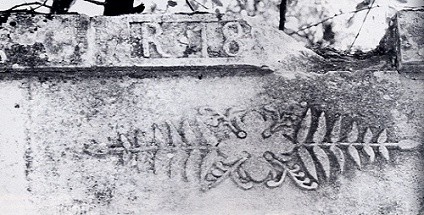
Source: Journal Terres Ardennaises, December 1991 "On the road Rimbaud-Verlaine", available at the Museum Rimbaud, Charleville-Mezieres, France)
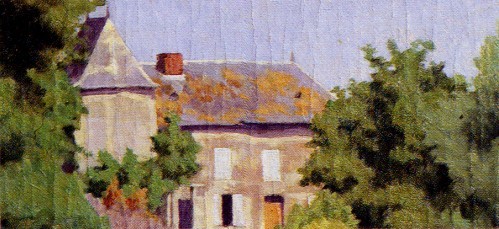
Roche by Paterne Berrichon, Isabelle Rimbaud's husband (detail).

Roche occupied by the German army during the war of 1914-1918.
In the red frame, the wall that remains today.
